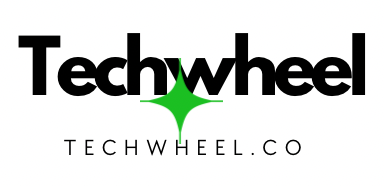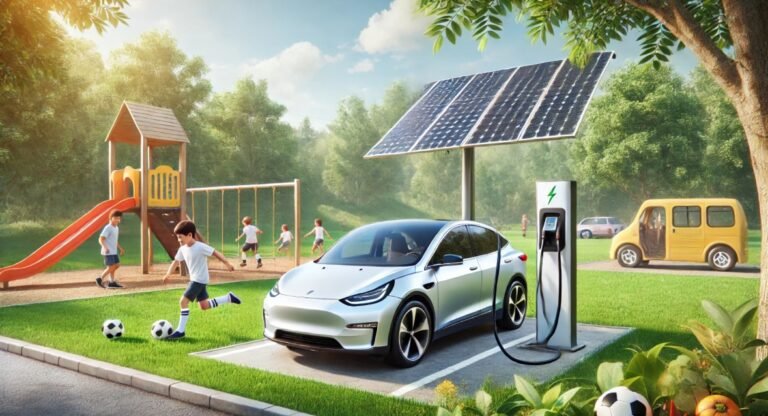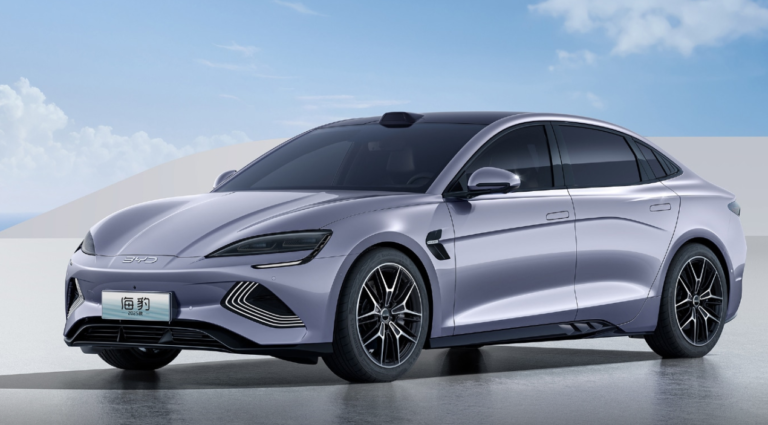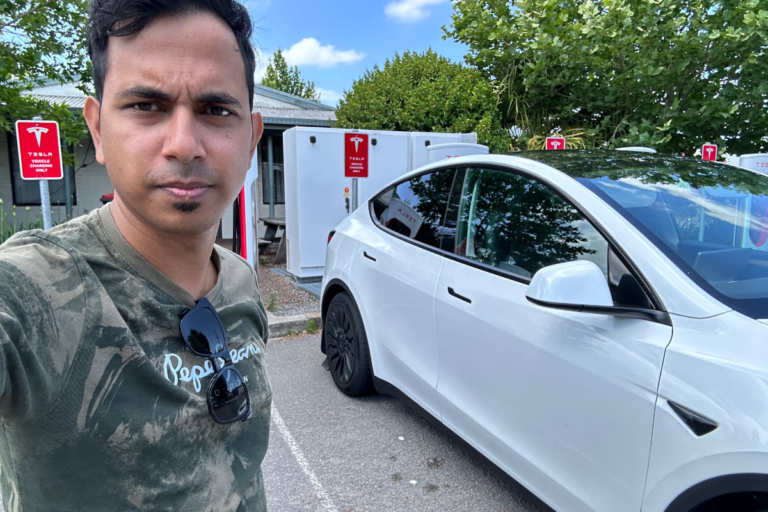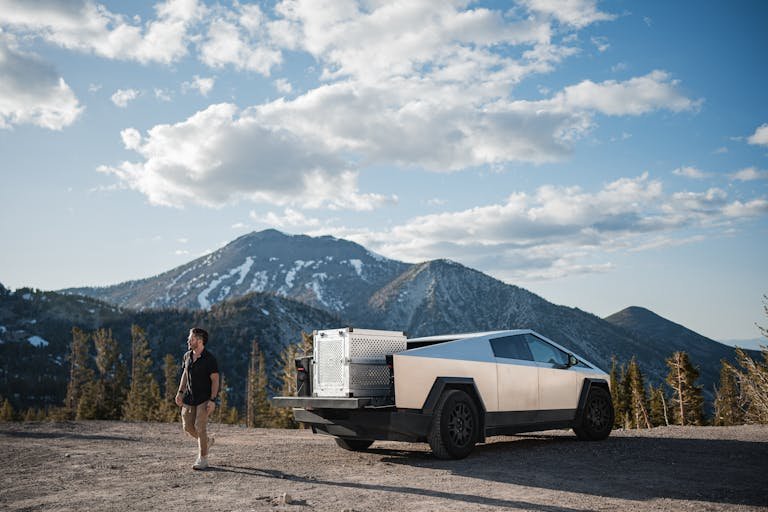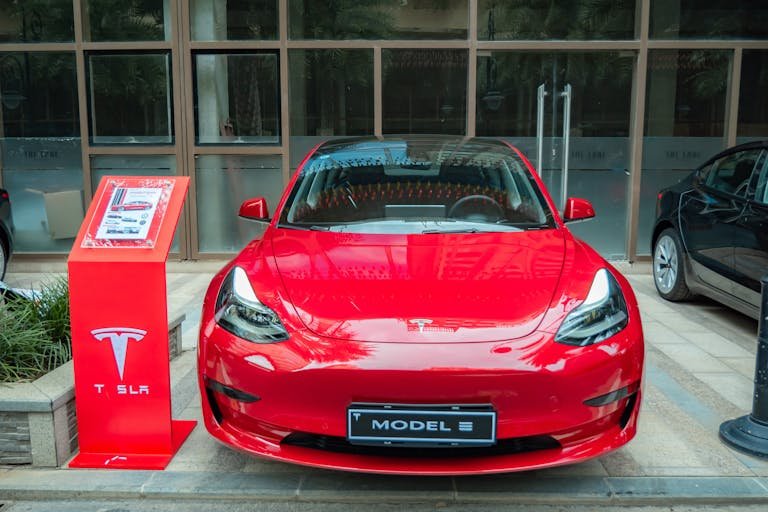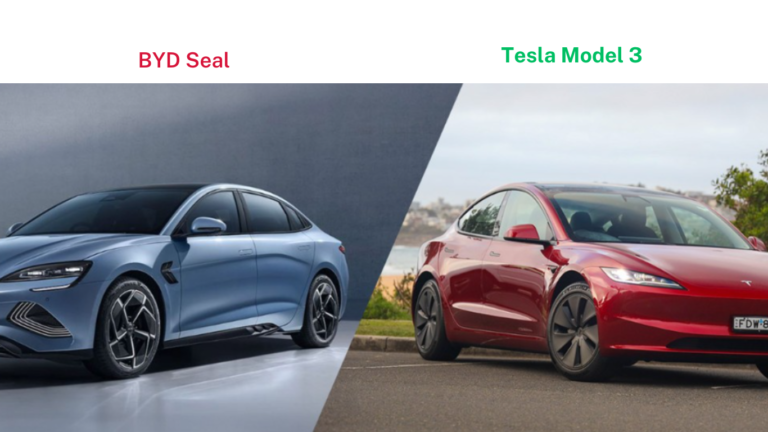EV Road Trip Australia: Sydney to Brisbane – Charging Through Rural Roads to Coastal Beauty

Many people are skeptical about taking an EV on the highway or for long-distance trips, thinking it’s impossible to go far without running out of charge.
Venturing on an electric vehicle (EV) road trip can feel intimidating, especially if you’ve only driven an EV locally or doubt its ability to handle long journeys.
This personal account of our 3,500 km journey from Sydney to Brisbane and back in our Tesla Model Y is for anyone planning their first EV adventure or unsure about traveling long distances in an electric car.
We’ll share our experience to ease your concerns, provide helpful tips, and offer practical advice for managing DC fast charging along the way.
The Journey Stats 3500 km Travel in Australian Rural and Costal Towns
Total Energy Consumption: 535 kWh
- DC Fast Charging (Tesla Superchargers): 394 kWh (74% of total consumption)
- Average Cost of DC Charging: $0.60 AUD per kWh
- Total Charging Cost: Approximately $235 AUD
- Potential Savings Compared to a Hybrid: $204 AUD
- Potential Savings Compared to a Plugin Hybrid: $29 AUD
Cost of DC Charging for EV Road Trips at Superchargers in Australia
Highway Driving: EV vs. ICE vs. PHEV Cost Comparison in Australia
Electric Vehicle (EV) – Highway Fast Charging
DC Fast Charging Cost (3500 km): $321 AUD
Based on 535 kWh (~16 kWh/100 km) at $0.60 per kWh
Internal Combustion Engine (ICE) – RAV4 Hybrid
Fuel Cost (3500 km): $525 AUD
Based on 7.5 L/100 km at $2/L
Plug-in Hybrid (PHEV) – BYD Sealian 6
Fuel Cost (3500 km): $350 AUD
Based on 5 L/100 km at $2/L
Savings Breakdown
EV vs. ICE Savings: $204 AUD
EV vs. PHEV Savings: $29 AUD
💡 The same 535 kWh would cost only $43 AUD with home charging at off-peak rates (8 cents/kWh) or with solar power.
Why EVs remain cost-effective even with high charging costs
- EVs convert more energy into motion, making them inherently more efficient
- Electricity rates tend to be more stable compared to fluctuating fuel prices
- Growing renewable energy adoption may lead to lower electricity costs
- Strategic charging at lower-cost locations can significantly reduce expenses
Itinerary Summary and Supercharging Stops: Sydney to Brisbane
Day 1-2: Sydney to Armidale
Starting from Sydney, our first stop was at Jerry’s Plains Supercharger after driving 220 km, where we increased our State of Charge (SoC) from 30% to 90% for $24 AUD. A brief stop in Tamworth allowed us to recharge for $19 AUD while enjoying the local hospitality. We then continued our journey and settled in Armidale, making use of an Airbnb’s 10A socket for overnight charging.
The short video below shows that EV DC charging is not as difficult as people often perceive it to be.
It’s essential to discuss charging options with your Airbnb host before booking to ensure they have a power outlet available and to clarify any associated costs. You can inform the host that you may use around 20 kWh of energy overnight, which could cost up to $6, assuming an energy rate of 30 cents per kWh. This proactive communication helps avoid misunderstandings and ensures a smooth charging experience during your stay.
Day 2-4: Armidale to Byron Bay
We ventured through Dorrigo National Park and stopped at the Skywalk Lookout, an amazing spot that is truly a must-visit.

Tesla had enough charge after stopping at Coffs Harbour for a quick top-up costing $17.90 AUD before reaching Byron Bay.
We stayed in Byron Bay for two nights, enjoying beach relaxation and quality social time with friends. Although our accommodation did not offer charging, the availability of public and Tesla chargers nearby ensured a smooth journey. Located near Lennox Head Beach, our accommodation provided a fantastic and relaxing experience. During our stay, we also visited the iconic Byron Bay Lighthouse, adding to the memorable trip.
Day 4-7: Staying in Brisbane
In Brisbane, we relied on a family member’s garage for slow but sufficient overnight charging, which was ideal for city exploration. We had most nights full charged and never worried about charging at all.

Day 7-11: Brisbane to Hervey Bay and Back
Our trip to Hervey Bay was memorable, with a delightful lunch stop at Maroochy Surf Club. The route had ample charging points, making the drive especially during holiday traffic, quite manageable. We stopped Tesla Supercharger at Gympie and it was very easy break for some necessary staffs from the shopping centre as well.
We loved lunch and amazing view from the Maroochy Surf Club while having lunch.

We explored several interesting places in Hervey Bay and Bundaberg, highlighted on the map below. The drive from Hervey Bay to Bundaberg offers a unique experience.

The only time we used a non-Tesla supercharger during this trip to Bundaberg was at a beautiful location provided by EVIE. I had a bit of an issue with the payment setup on the EVIE app, but it was resolved within a few minutes. I suggest that anyone planning to use superchargers from different companies ensures their app is updated and the payment setup is correctly configured.

Day 11-13: Exploring Brisbane Again
Back in Brisbane, the trusty 10A charging setup continued to serve us perfectly for our local outings.
Day 14: Brisbane to Taree
On our return, we made use of the Knockrow and Coffs Harbour Superchargers—the same ones we used during our outward journey. These charging stops became perfect opportunities for rest and refreshment amid the holiday traffic.
Day 15: Taree to Sydney
In Taree, NSW, we had an overnight stop at a motel. The next morning, we enjoyed breakfast and took the opportunity to charge at the Taree Tesla Supercharger, located at a fantastic spot near the shopping centre and a cafe. With plenty of time in the morning, we charged up to over 95%.
For the final leg of our journey, we made a strategic stop at Central Coast for a safety charge, arriving back in Sydney with 25% SoC.
Supercharging Tips on Highways
For those new to long EV trips, our experience shows that Tesla Superchargers are a reliable choice for quick stops.
Aiming for a charging stop every 200-230 km not only aligns with safe driving practices but also optimizes your vehicle’s charge efficiency.
Charging when the State of Charge (SoC) is lower speeds up the process, making your breaks more productive.
Traveling with family adds unpredictability, but with EV travel, you can turn these stops into enjoyable breaks.
While Tesla Navigation guides you to superchargers, all EV drivers should also have apps like PlugShare and ABRP to explore other DC charging options. Additionally, apps from companies like EVIE and BP Pulse are essential. Oh, and make sure to set up your account and payment information in advance!
Plan for flexibility, understanding that you might need to stop more often for family needs like snacks or restroom breaks. This approach not only keeps everyone comfortable but also enhances the travel experience.
Conclusion
Our journey from Sydney to Brisbane shows that traveling in an EV isn’t just possible—it’s an enjoyable experience. If you’re unsure about taking your first EV road trip, this trip proves that with a little planning and some knowledge about DC charging, the journey can be smooth and stress-free.
Are you planning your first EV road trip or looking to explore more with your electric vehicle? Share your thoughts or questions in the comments below, and don’t forget to visit and subscribe techwheel.co for more insights into the evolving world of electric vehicles!
